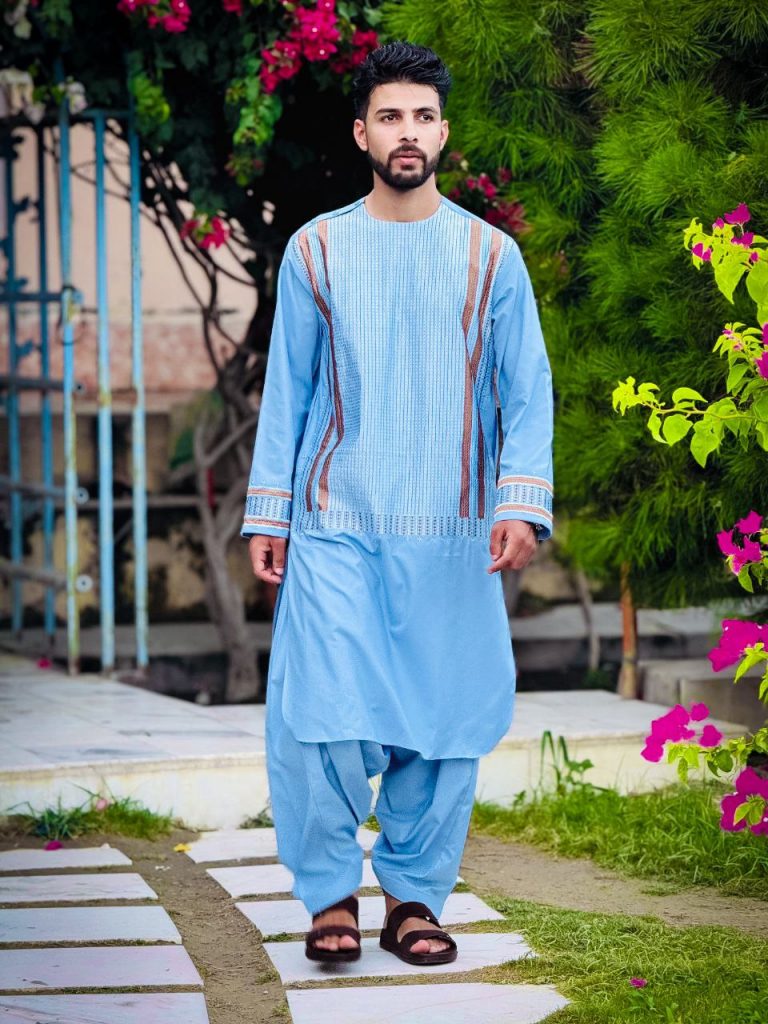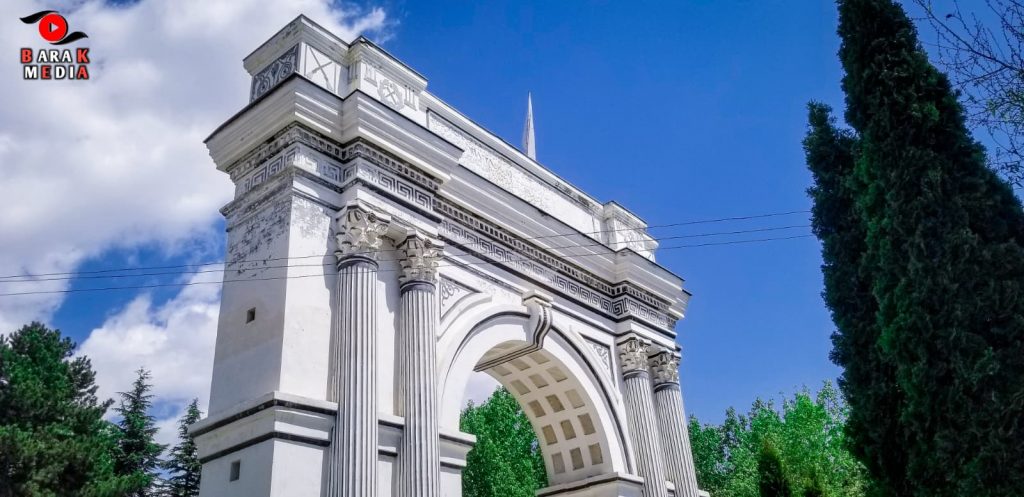Living far from home changes how traditions feel. Meanwhile, daily routines shift, languages blend, and special occasions arrive with a different rhythm. Yet clothing still carries memory. Afghan traditional wear can turn a gathering abroad into something that feels like home again. For many in the diaspora, the right outfit anchors identity at mosques, weddings, Nowruz celebrations, and family milestones. Therefore, this guide explores how to choose, wear, and care for Afghan attire in the USA and beyond, with practical tips for travel, climate, and community events. In addition, it shows how authentic Kandahari details keep culture alive across continents. For those seeking reliable quality and comfort, Our Afghani Clothes provides artisan‑made options that respect tradition and support real‑life needs.

What “Afghan Traditional Wear” Means Abroad
Afghan clothing varies by region and purpose, but certain silhouettes remain constant. For men, the Perahan Tunban offers a long tunic with loose trousers that balance modesty and comfort. For women, regional dresses blend color, embroidery, and movement, often paired with shawls or scarves. In the diaspora, these garments serve more than aesthetics. They signal belonging, spark conversation, and create continuity for children growing up with two homes.
Why Diaspora Communities Reach for Traditional Attire
Wearing Afghan clothes at key moments does more than honor heritage. It also solves practical needs:
- Clear cultural cues at multi‑community events, helping elders and hosts feel respected.
- Modesty and comfort for long ceremonies, prayer, and family photos.
- A visual thread for children who learn identity through what the family wears and shares.
When pieces include authentic handwork like Kandahari embroidery, they add depth without feeling costume‑like. The result is quiet confidence rather than loud ornament. Moreover, when pieces include authentic handwork like Kandahari embroidery, they add depth without feeling costume like

Finding Afghan Traditional Wear in the USA and Beyond
However, sourcing can be a challenge abroad. Local boutiques may have limited options, and online shops vary widely in quality. A simple framework helps:
- Craft and authenticity: Look for counted‑thread Khamak embroidery, balanced placement, and artisan attribution.
- Comfort: Choose breathable fabrics that suit your climate and event schedule.
- Fit: Tailored shoulders, sleeve length, and hemline make traditional wear look intentional in photos and in person.
- Provenance: Seek notes about region, technique, and care. Reliable makers share these details openly.
If a listing feels vague about how or where an item was made, treat it as decor-inspired rather than craft‑driven.
Building a Small, Versatile Wardrobe
A few well‑chosen pieces can cover an entire calendar year of diaspora life. Consider this starter set:
- One formal Perahan Tunban in navy or charcoal with subtle Khamak at cuffs or placket.
- One seasonal piece in a lighter fabric for summer events and travel.
- One shawl or waistcoat to add structure for weddings and cultural programs.
- One statement element, such as a chest panel or collar detail, reserved for special occasions.
This approach keeps packing simple and makes coordination easier for family photos and group events.
Event Guide: What Works Where
Community events vary, but some principles stay consistent.
- Mosque or religious gatherings: Keep palettes calm and embroidery tonal. Prioritize modesty and breathability.
- Wedding guest attire: Elevate the look with a waistcoat or chapan over a Perahan Tunban. Understated Khamak reads well in photos.
- Nowruz and cultural festivals: Jewel tones or refined contrasts feel celebratory. Keep accessories simple so embroidery leads.
- Family milestones abroad: Choose lighter fabrics for travel days and long schedules. Balanced placement prevents rubbing at high‑motion areas.
Small details—polished shoes, clean lines, a neat shawl—create presence without excess.
How to Choose Authentic Kandahari Embroidery
Kandahari embroidery, often called Khamak, stands out for precision and restraint. Here is a quick way to evaluate it:
- Geometry: Lines and corners look crisp, not rounded. Repeats stay even.
- Surface: Stitches lie flat with a gentle sheen; the fabric does not pucker.
- Reverse: Thread turns appear tidy and logical, not messy or fused.
- Story: The tag or page mentions region and technique, and often the artisan or cooperative.
Authenticity shows up in both the stitch and the storytelling.
Fit and Comfort for Afghan Traditional Wear
Traditional silhouettes still benefit from tailoring. A clean shoulder line and correct sleeve length can transform the look. Hem placement affects balance in photos and during movement. If possible, provide precise measurements rather than relying on generic size charts. When ordering online, confirm whether custom sizing is available and how adjustments are handled if something arrives slightly off.
Care Tips for Afghan Traditional Wear
Meanwhile, most families juggle work, school, and travel, so care routines should respect that reality
- Spot clean first to avoid unnecessary washing.
- If washing is needed, turn inside out, use cool water and mild soap, and avoid harsh agitation.
- Dry flat in the shade, away from direct sun or high heat.
- Press from the reverse with low heat and a pressing cloth.
- Store on padded hangers or folded with tissue under embroidery to prevent imprinting.
A small garment care kit—lint brush, spare buttons, travel steamer—makes event days smoother.
Our Afghani Clothes: A Practical Companion for the Diaspora
Many in the diaspora need reliable, authentic pieces that also feel comfortable for long days and varied climates. Consequently, Our Afghani Clothes responds to that need with artisan made garments, breathable fabrics, and balanced Kandahari placements that photograph beautifully. The team collaborates directly with makers, includes provenance and care notes, and offers custom sizing on eligible styles so shoulders, sleeves, and hems land where they should. The goal is simple: help community members feel at home in their clothing, wherever they live.
Real‑World Scenarios
Life abroad brings a steady stream of events. Here are a few setups that just work.
- Friday prayers: Charcoal Perahan Tunban with tonal Khamak cuffs, clean shawl, comfortable shoes.
- Wedding guest: Deep‑blue tunic, matte waistcoat, subtle chest‑panel detail, neat grooming for photos.
- Nowruz celebration: Lightweight fabric in a jewel tone with refined contrast, simple accessories so geometry stands out.
- Family naming ceremony: Breathable summer fabric, minimal embroidery at visible points, easy movement for hosting duties.
Each combination balances respect, comfort, and presence.
Budget and Accessibility Tips
Not every piece needs maximal embroidery. Focus on quality base fabrics and one or two crafted accents. If budget is tight, invest first in a versatile neutral with subtle Khamak, then add a seasonal piece later. When shopping online, request close‑up photos of the stitches and the reverse side. Ask about returns, alterations, and delivery timelines ahead of important dates.
Teaching Culture Through Afghan Traditional Wear
Moreover, style clothing becomes a gentle way to teach language, stories, and values. A care card can turn laundry day into a lesson about technique. An artisan note can spark a conversation about the region and the people who keep these traditions alive. Over time, these small rituals add up to a sense of belonging that travels well.
A Short Checklist Before You Buy
- Does the garment mention region and technique clearly.
- Do stitches look crisp, even, and flat on the fabric.
- Will the fabric suit the local climate and event schedule.
- Can you provide measurements for custom sizing.
- Are care notes and adjustments available if needed.
If most answers are yes, the piece is likely a good fit for life abroad.
Conclusion
Afghan traditional wear carries memory, dignity, and comfort across borders. In the USA and around the world, diaspora communities keep culture alive through what they wear at mosques, weddings, festivals, and family milestones. With a few trusted pieces, thoughtful fit, and authentic details like Kandahari embroidery, clothing becomes a living link to home. For those seeking dependable quality and clear provenance, Our Afghani Clothes offers artisan‑made options with custom sizing that feel right from the first wear. Explore what suits the calendar and climate, and let each garment tell a story the whole family can share.